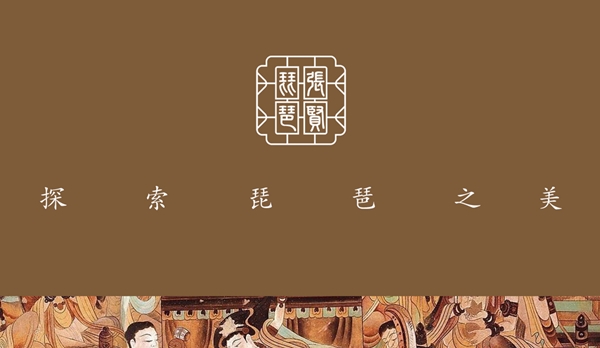Classification of Suanzhi pipa: Austrian rosewood pipa, slightly concave rosewood pipa, cozhi rosewood pipa
As we all know, rosewood pipa is the mainstream wood of high-end pipa, and is widely liked by pipa professionals and lovers, especially Burmese rosewood pipa, which is the mainstream and first choice. Many piano friends don't know much about the price of the rosewood pipa, and how about the rosewood pipa? Briefly summarize it for you.

The main classification of rosewood pipa
According to the scientific name: Suanzhi is a big general term, and many Xiaobai are easy to be fooled, so we also need to know "what kind of acid branch is it". In the production of pipa, there are mainly the following kinds of wood for rosewood, and the prices are from low to high: Dalbergia australis, slightly concave Dalbergia, and Cochin Dalbergia.
Rosewood Pipa - Dalbergia australis
This is the most mainstream rosewood pipa wood on the market, also known as "white rosewood" and "red rosewood". It belongs to the "entry-level" rosewood, of course, the old materials say otherwise. There are also some unscrupulous merchants on the market, especially some small workshops and piano shops that use Burmese rose pear and other wood to pretend to be white rosewood for sale.
Suan branch pipa - slightly concave Dalbergia
Slightly concave Dalbergia pipa, there are not many slightly concave Dalbergia pipa on the market, but its wood grain is exquisite, its sound is first-class, and its woodiness is stable.
Suanzhi Pipa - Cochin Dalbergia
Cochin rosewood, also known as "big red rosewood", "old rosewood", origin: Laos, Vietnam, Myanmar and other places. If it is said that Dalbergia australis and Dalbergia are scarce, then the Cochin Dalbergia pipa is the scarcity of the scarcity, and it takes more than 500 years to grow into a material. Big red rosewood, one of the three tribute woods used by the imperial court, the other two are Hainan huanghuali and lobular red sandalwood. Therefore, the current market price of big red rosewood pipa can be imagined! There are also merchants on the market who pretend to be "big red rosewood" pipa and old mahogany pipa, and basically more than 80% are fake.
Involving musical instruments
Guess you like
Hot news
- 01 The handsome guy in 1997 is so advanced in pulling erhu! Netizen: Come and "wash your ears"
- 02 Dulcimer exam and performance repertoire
- 03 The Simple Difference Between Guqin, Se, and Guzheng
- 04 Pipa narrative epic -- the origin, connotation analysis and artistic charm of the famous song Sai Shang Qu
- 05 Ten Famous Yangqin Songs
 渝公网安备 50010702504639号
渝公网安备 50010702504639号